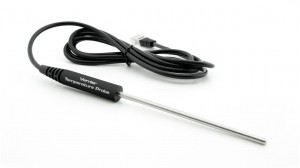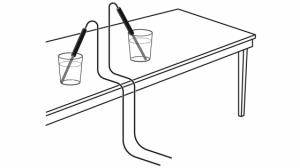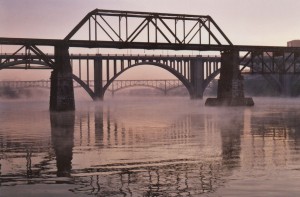The Money Duck is a math problem found on Dan Meyer’s 3-Act math task website. The task first has the students watch a video about a soap bar in the shape of a duck with varying amounts of money on the inside. From there, students are then asked several questions about the possibility of the amount of money inside the duck, such as “how much would you pay for this duck?” The activity can be found using the following link:
http://www.101qs.com/2985
The Common Core State Standard that this problem addresses is “Using Probability to Make Decisions”. Furthermore, it focuses on S-MD.4 which states that students will “develop a probability distribution for a random variable defined for a sample space in which probabilities are assigned empirically; find the expected value.”
To get the students to meet the standard previously mentioned, I would first show them the video that was used on the Money Duck website. If the students have any questions about what the Money Duck is exactly, I would answer those questions before I began asking the students questions. The questions associated with this task will get progressively harder and more complex as the students work through them. The eventual destination is that the students will have an understanding of what expected value is, which is the main objective of the CCSS S-MD.4. This assignment requires that the students demonstrate their understanding of the identified CCSS in question 6 which asks “what is the expected value of each of the following distributions?” Students will have to use what they have learned and discovered in the previous questions as well as their understanding of probability to answer this question.
This lesson will prove to be engaging for the students because it involves videos and money. Also, I would make this a small group assignment so that students will be able to discuss ideas with group mates and then present their ideas to the rest of the class when we come back together. I would also ask other groups to respond each others answers, whether they agree or disagree, to better the entire class’s understanding of expected value.
Questions 1-5 will serve as a great formative assessment to see the students’ progress towards the learning target of being able to calculate expected value. These questions, as Dan Meyer described it, will be “setting the ball on the tee” for expected value so that the students will be able to answer question #6. #6 will serve as a benchmark assessment to see where the students are at in terms of CCSS S-MD.4. Depending on how far the hit the ball of the tee, whether it be a home run or they completely miss the ball, I can tell what the next step will be in terms of trying to meet that standard.


